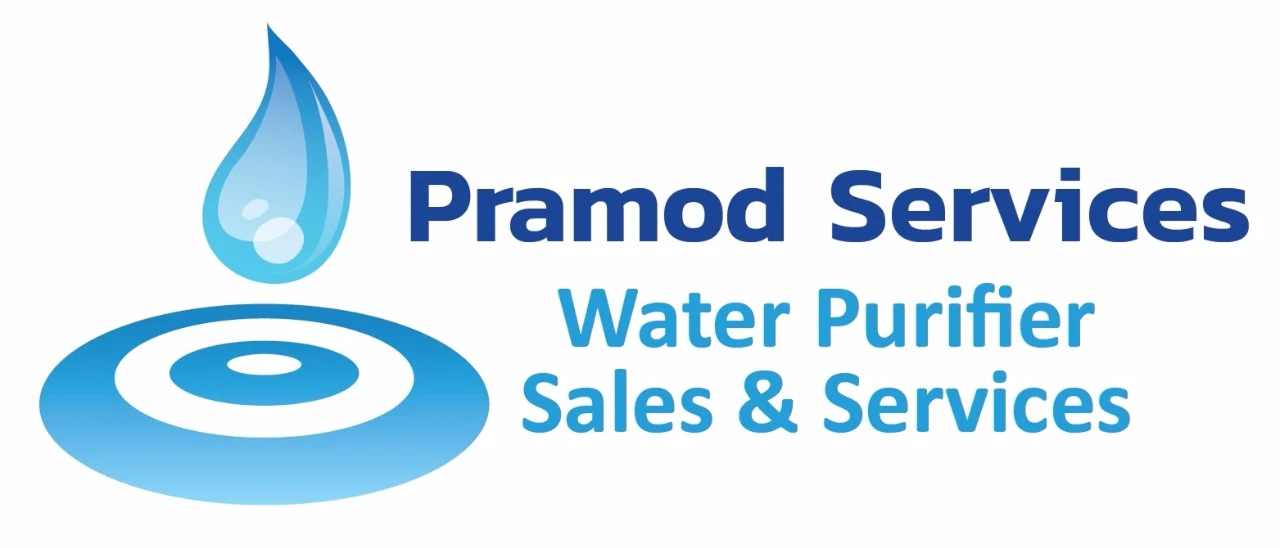A typical 250 LPH RO plant specification includes a multistage filtration system, a high-pressure pump, and RO membranes to process water. Key components are the Feed Pump, Pressure Sand Filter (PSF), Activated Carbon Filter (ACF), and a Micron Cartridge Filter (5-micron) before the high-pressure pump and RO membranes. A control panel with necessary switches, pressure gauges, and flow meters is also included, along with options for automatic flushing to extend membrane life. Key Components & Specifications Raw Water Feed Pump: A pump (e.g., Kirloskar, Sumo) to provide initial water flow to the pre-filters. Pre-Filtration: Pressure Sand Filter (PSF): Removes suspended solids using graded pebbles and sand in an FRP tank. Activated Carbon Filter (ACF): Adsorbs dissolved organic compounds and chlorine. Cartridge/Micron Filter: Removes finer particles, typically down to 5 microns, before the high-pressure pump to protect the membranes. High-Pressure Pump: A multistage, centrifugal pump (e.g., CRI, Sumo) that raises the water pressure to force it through the RO membranes. RO Membranes & Housing: These are the heart of the system, separating purified water from dissolved salts. They are typically housed in a pressure vessel made of FRP or stainless steel. Dosing Pump: A pump for precise dosing of antiscalant chemicals to prevent scaling on the membrane surface. Control System: Control Panel: Manages the operation of the pumps and valves. Pressure Gauges: Monitor pressure throughout the system. Rotameter/Flow Meter: Measures the flow rate of purified water. Auto Flush System: An optional feature that uses a timer to automatically flush the membranes to prolong their life. Plumbing & Skid: All components are mounted on a robust skid, often made of stainless steel for durability and hygiene. Typical Performance Product Water Flow Rate: 250 liters per hour. Input TDS: Can handle TDS levels up to approximately 2000 ppm. Recovery Rate: Typically 50-60%, depending on the system's design and raw water quality. Power Supply: Often single-phase.
Send Message








